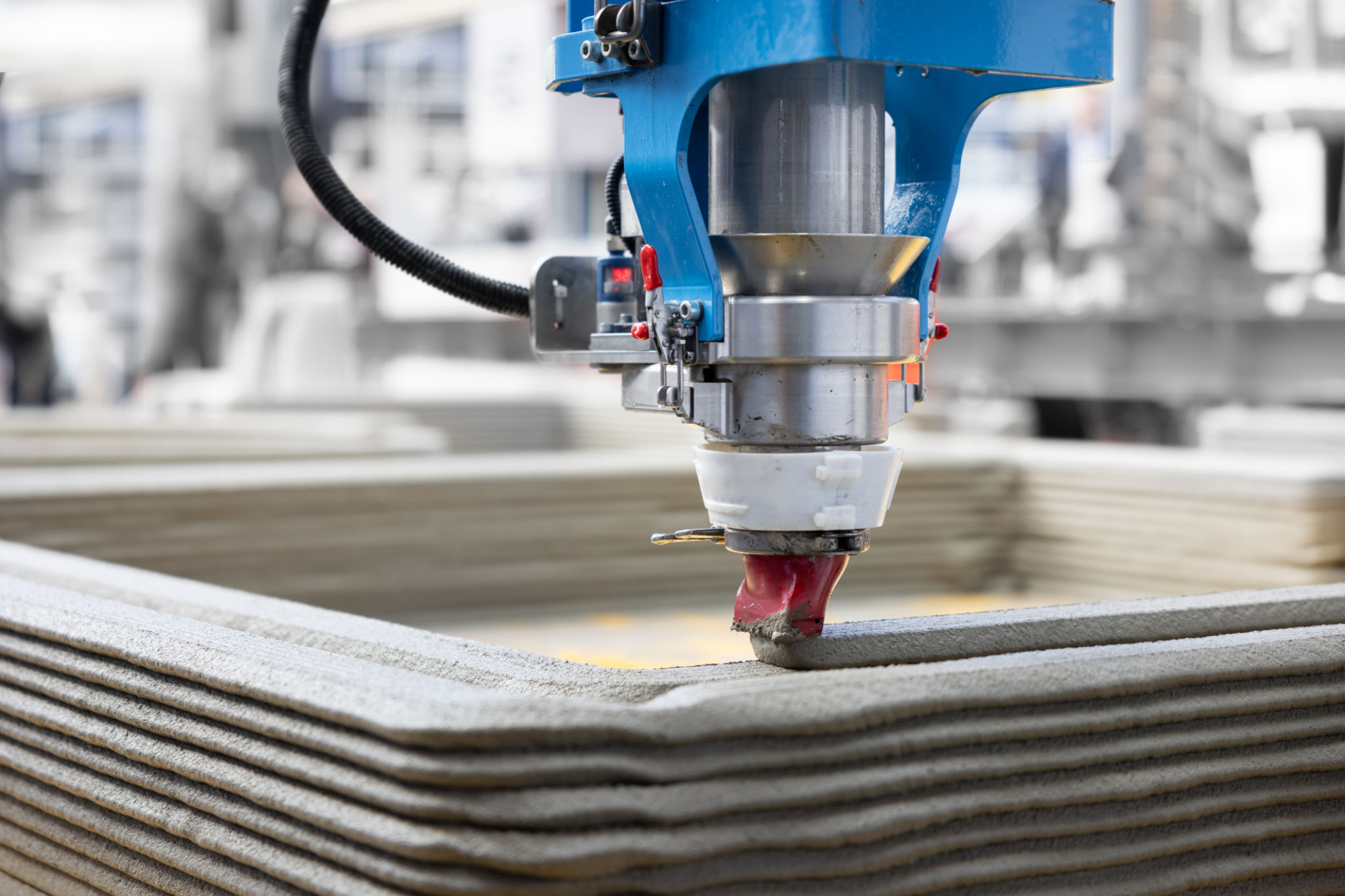Innovative Trends in Mechanical Design Engineering You Should Know
Introduction to Innovative Trends in Mechanical Design Engineering
Mechanical design engineering is an ever-evolving field that continually adapts to new challenges and technologies. With advancements in materials, computing power, and manufacturing techniques, mechanical engineers are redefining what’s possible in design. In this blog post, we'll explore some of the most innovative trends shaping the future of mechanical design engineering.
3D Printing and Additive Manufacturing
One of the most significant trends in mechanical design engineering is the rise of 3D printing and additive manufacturing. These technologies allow engineers to create complex geometries that were previously impossible or too costly to produce with traditional methods. This flexibility is opening up new possibilities in prototyping and production.

With the ability to rapidly prototype, engineers can test designs more efficiently, leading to faster development cycles. Additionally, additive manufacturing reduces material waste, making it a more sustainable option. As these technologies continue to advance, we can expect even more intricate and functional designs to emerge.
Integration of Artificial Intelligence
The integration of artificial intelligence (AI) in mechanical design engineering is transforming how engineers approach problem-solving. AI-driven tools can analyze massive datasets to optimize designs for performance and efficiency. This capability allows for more informed decision-making and innovative solutions.
Furthermore, AI is enhancing predictive maintenance by monitoring the condition of machinery and predicting failures before they occur. This proactive approach not only extends the lifespan of equipment but also reduces downtime and maintenance costs.

Advancements in Material Science
Material science is another area experiencing rapid advancements, greatly impacting mechanical design engineering. The development of new materials with enhanced properties such as strength, flexibility, and heat resistance is allowing engineers to push the boundaries of design.
For example, the use of composite materials and nano-engineered substances is leading to lighter yet stronger components, benefiting industries like aerospace and automotive. As research continues, these materials will enable even more innovative applications.
Sustainable Design Practices
Sustainability is a crucial consideration in modern mechanical design engineering. Engineers are increasingly focused on creating designs that minimize environmental impact. This includes optimizing energy efficiency, reducing emissions, and utilizing recycled or biodegradable materials.

By incorporating sustainable practices into their designs, engineers are contributing to a more environmentally friendly future while meeting regulatory requirements and consumer expectations. This trend is expected to grow as global awareness of environmental issues increases.
Digital Twin Technology
Digital twin technology is revolutionizing how engineers design and maintain equipment. A digital twin is a virtual model of a physical object, used to simulate and analyze real-world conditions. This technology enables engineers to predict performance issues and optimize designs before physical prototypes are built.
By utilizing digital twins, companies can reduce costs and improve efficiency in both the design and operational phases. As digital twin technology becomes more sophisticated, its applications will expand across various industries.

Conclusion
The field of mechanical design engineering is undergoing significant transformation due to these innovative trends. From 3D printing to AI integration, advancements are enabling engineers to create more efficient, sustainable, and groundbreaking designs than ever before. As these trends continue to develop, they promise to redefine the future of mechanical engineering and open up new opportunities for innovation.